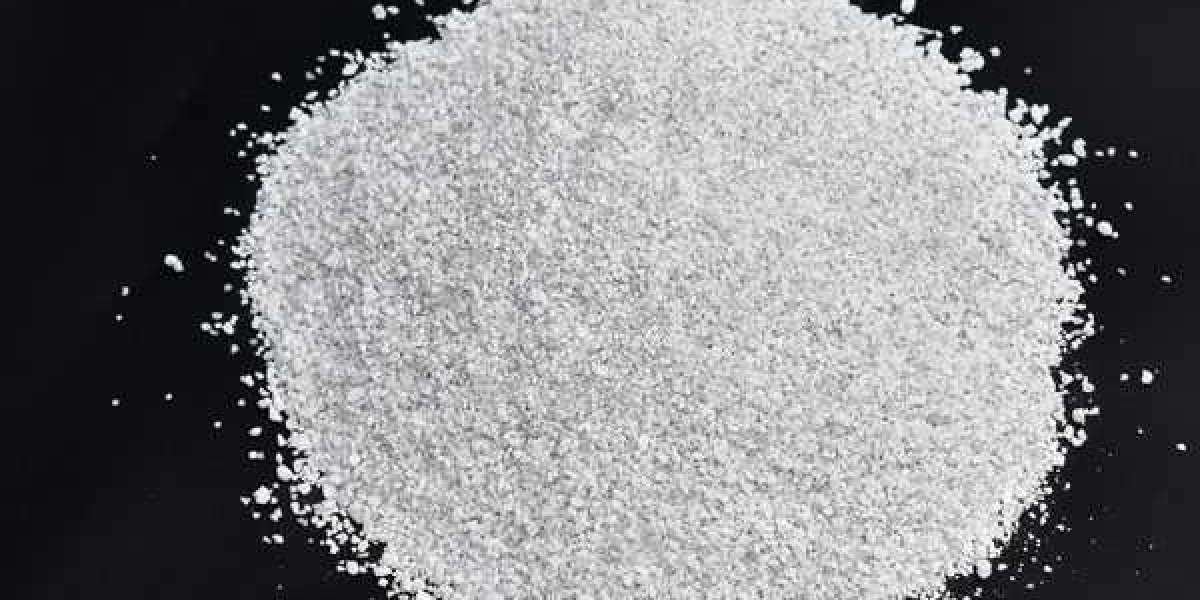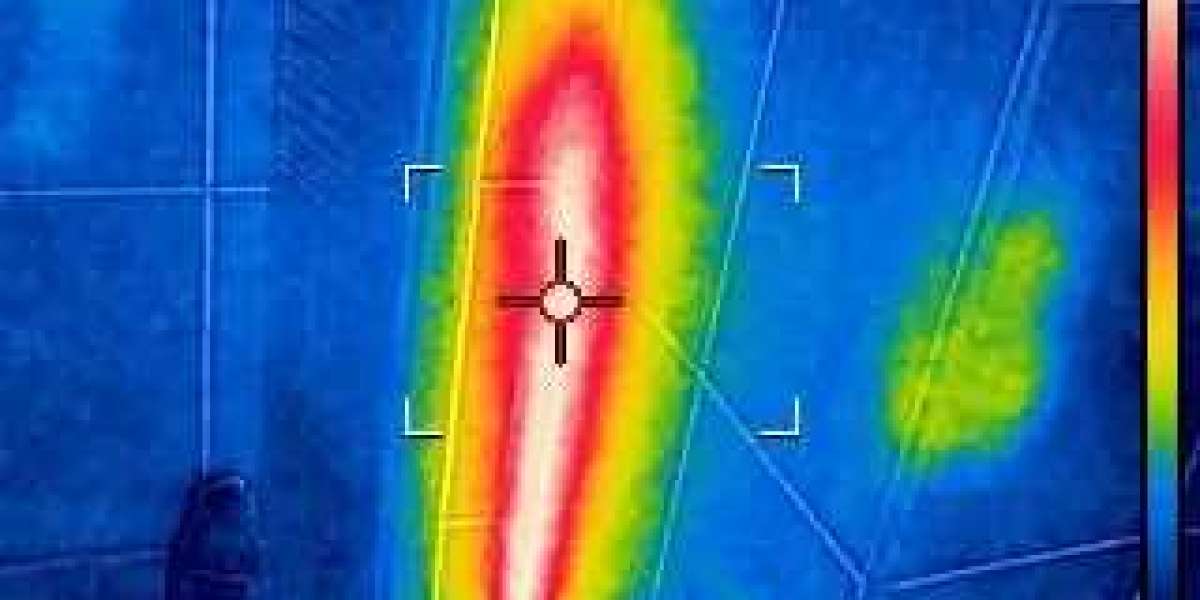Compared with the powdery refining agent, the granular flux has an improved degassing effect in front of the furnace, and the slag removal effect has been improved more obviously.
By comparing the purification effect, the application of granular flux can better guarantee the quality of the melt before the high magnesium alloy furnace.
The residual slag content after aluminum melt refining is a key indicator of the intuitive reaction flux removal ability. The slag content is determined by the PODFA method, which is the most recognized by the domestic and foreign aluminum industry.
A method for determining the content of aluminum melt slag. After treatment with powdered refining agent and granular refining agent (other conditions and parameter control ranges are the same), 6 batches of PoDFA test slag samples were taken respectively, and the residual slag content of the melt after the two flux refining treatments was compared through testing.
The oxides formed by the reaction of aluminum and aluminum alloy melts with gases in the air are mainly A1203 inclusions, and the reactions are complex. The structure of the product is also diverse, and the aluminum liquid and various gases can react to produce aluminum oxide, aluminum nitride, aluminum carbide, etc. Alumina has high chemical stability. Does not decompose in molten aluminum.
In addition to the above-mentioned inclusions, the aluminum melt may also contain inclusions such as refractory bricks, fluxes, and other forms of intermediate compounds in the melting furnace and ladle. In addition, during the refining process and transportation of the aluminum alloy melt, inclusions such as oxides and hearth fragments are easily brought into the aluminum melt and form inclusions. In addition, some non-oxide inclusions, such as A14C3, MgAl204, etc., will be generated during the production of electrolytic aluminum, and some undesirable primary intermetallic compounds will also appear during the aluminum alloy smelting process.
In the samples after the pretreatment of the high-magnesium aluminum alloy furnace, through the analysis of the inclusion phase database, the samples before the furnace are mainly oxides, MgAl204 and MgO, and the oxide inclusions account for more than 80%. Through the comparison of the analysis results, the impurity removal effect of the solid flux is obviously better than that of the powdered refining agent. The main reason is that the granular flux has a low melting point and reacts quickly, which is beneficial to the floating of the slag.



